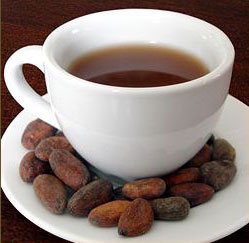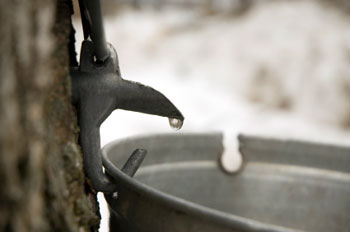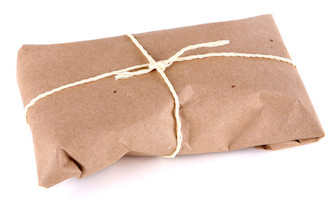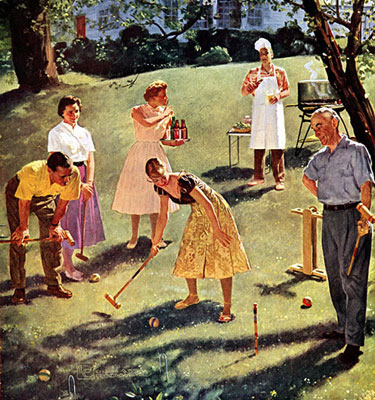 My mother had a lifelong, deep obsession with everything Mexican. I mean, obsessed. Is there a word for it? I looked it up just now and it’s Mexicophile.
My mother had a lifelong, deep obsession with everything Mexican. I mean, obsessed. Is there a word for it? I looked it up just now and it’s Mexicophile.
We never knew where my mother’s fixation stemmed from. Perhaps, her Texas roots. She was raised on a small farm in Sweetwater. Or, could it have been the Spanish house she was so proud to own? My mother would wax poetic about every detail of my childhood home. The beamed ceilings. She could stare for hours at their beauty. The stained glass window. The tiles in the foyer. The black wrought-iron railing leading up the tiled staircase. The big bay window. Her pepper tree. Even the French doors were, to her, so very Mexican. Trust me, this woman was so proud of her two story, 3,500-square foot Spanish house you might have assumed she was the architect.
She was WAY ahead of her time in this Mexican love because these were the 1950’s and 60’s. Mexican Americans were not as ubiquitous as today, where every other Californian seems to have a Latin background. I just heard on NPR that in the 1700′s the first settlers in Los Angeles were Mexicans. My mom would have been in Mexican heaven, had she stayed in L.A. And, of course, had she not died so young. Today, she’d be all over the immigration law changes.

 I remember first smelling the scent of coffee roasting in North Beach. I was a teenager and it was exotic and intoxicating like the City itself. Even though I didn't drink coffee, I loved that smell. Over the years whenever I've smelled fresh coffee, especially during roasting, it's been a combination of soothing and exciting to me, like the promise of something wonderful and dangerous. Sadly drinking coffee has never held the romance that smelling it does.
I remember first smelling the scent of coffee roasting in North Beach. I was a teenager and it was exotic and intoxicating like the City itself. Even though I didn't drink coffee, I loved that smell. Over the years whenever I've smelled fresh coffee, especially during roasting, it's been a combination of soothing and exciting to me, like the promise of something wonderful and dangerous. Sadly drinking coffee has never held the romance that smelling it does. Perhaps it's my New England roots, but many of my favorite recipes, both savory and sweet, include maple syrup as a key ingredient. Of course, I always have it on hand to adorn things like my Crispy French Toast, Banana Pancakes, and Fluffy Buttermilk Waffles or to drizzle over my steel cut oatmeal, but I keep a major reserve to use as a "secret ingredient" in many of my other recipes. And this is the time of year that I begin to replenish my personal supply of 100% pure maple syrup.
Perhaps it's my New England roots, but many of my favorite recipes, both savory and sweet, include maple syrup as a key ingredient. Of course, I always have it on hand to adorn things like my Crispy French Toast, Banana Pancakes, and Fluffy Buttermilk Waffles or to drizzle over my steel cut oatmeal, but I keep a major reserve to use as a "secret ingredient" in many of my other recipes. And this is the time of year that I begin to replenish my personal supply of 100% pure maple syrup. As any good Cajun cook will tell you, "First you make a roux." But what, you might ask, is a roux?.
As any good Cajun cook will tell you, "First you make a roux." But what, you might ask, is a roux?. My favorite Sunday night dinner is braised lamb shanks cooked with basmati rice or what we call “lamb and rice” at our house. It’s simple to prepare, truly, not because I have made it hundreds of times and could do it with my eyes closed.
My favorite Sunday night dinner is braised lamb shanks cooked with basmati rice or what we call “lamb and rice” at our house. It’s simple to prepare, truly, not because I have made it hundreds of times and could do it with my eyes closed.
